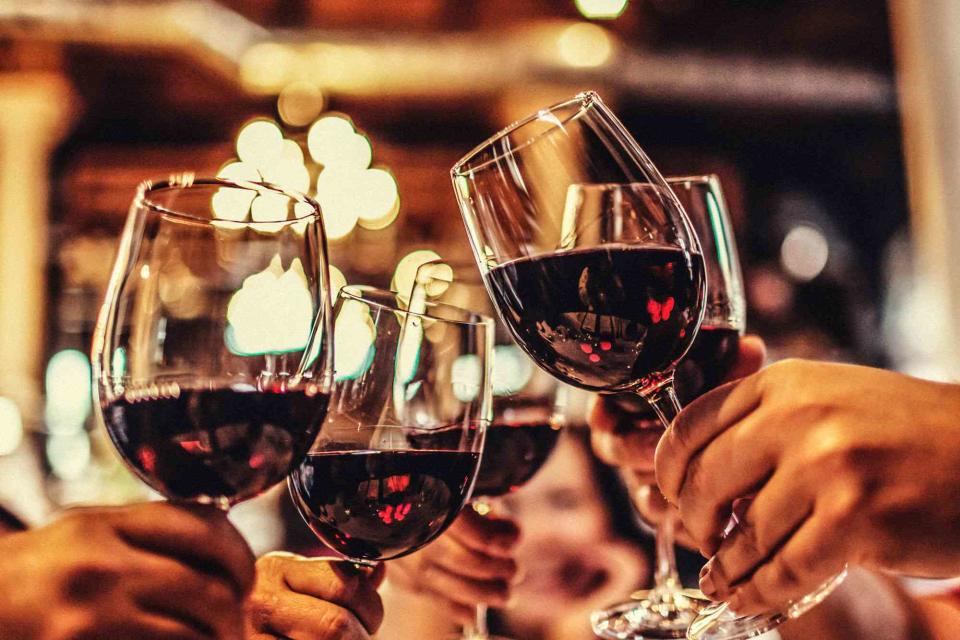Looking for a Great Bordeaux? Try the Italian Section of Your Wine Shop
At the Food & Wine Classic in Aspen, Bobby Stuckey and Carlin Karr cover how to rethink what you know about Italian wine.

Getty Images
When it comes to finding a bottle of Italian wine for dinner, varietals like Sangiovese, Montepulciano, and Pinot Grigio are likely among the first to come to mind — and for good reason. Sangiovese happens to be the most widely planted red grape in the country, and thrives in Tuscany’s Mediterranean climate (which famously has hot, dry summers), while Pinot Grigio hits its comfort zone in northern Italy, and is regularly found in both mass-produced and single variety wines.
Despite the proven track record those grapes have across Italy, Bobby Stuckey, co-founder of Denver’s Frasca Food and Wine, Pizzeria Locale, Sunday Vinyl, and Scarpetta Wine Company, and Carlin Karr, director of wine and beverage, have succeeded in convincing patrons to think outside the box when it comes to ordering wine at their restaurants. “We love an indigenous Italian varietal, we love Sangiovese, but there’s so much incredible merit to the great French varieties [grown in] Italy that make such profound wines,” says Karr. “As a wine community, we have to first think of what is delicious and what is great wine.”
For Stuckey, one of the most overlooked ways to reframe the normative conversation about wine has to do with using terms like historical instead of international. “Most French varieties entered Italy back in the Napoleonic era,” he explains. “That applies to all Bordeaux varieties, basically, as well as Pinot Noir, Chardonnay, and Pinot Bianco. One variety that Italy claims as its own is Friulano, and it was actually part of the original white Bordeaux blend, so it is a French variety.”
Unsurprisingly, if you ask Karr, the best Cabernet Franc in the world comes not from the Loire Valley or Bordeaux, but from Le Macchiole, a producer based on the Tuscan coast, in Bolgheri. “It just has this great weight and richness — it’s so expressive,” she adds. Similarly, most people don’t know that in the Loire Valley, most Sauvignon Blanc vines have been replanted with clones from a nursery in Friuli. “It’s all interchanged and mixed up in a way that there’s been more Italian influence in France than most people would like to know,” Stuckey says. “The winemaking has been so incredible over the past 15 years, and Italy has so much to offer.”
For more Food & Wine news, make sure to sign up for our newsletter!
Read the original article on Food & Wine.

